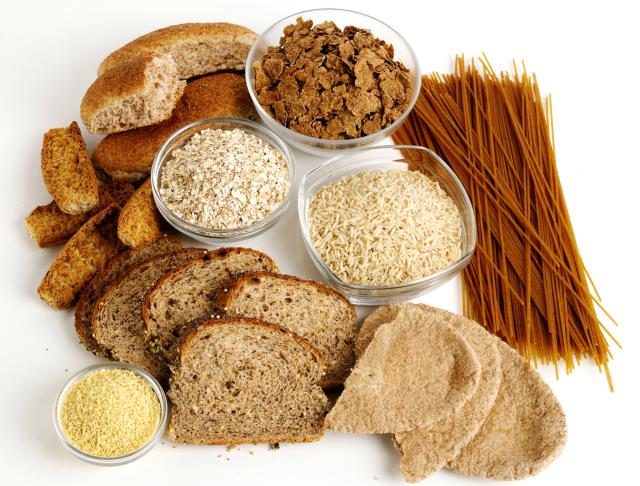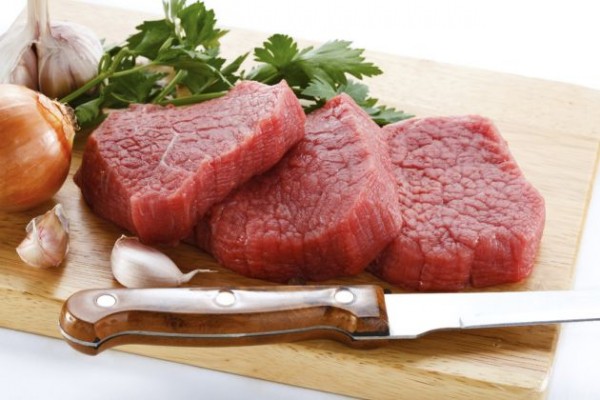Hyperinsulinemia or high blood insulin levels put you at a greater risk for developing Type-2 diabetes and heart disease. Your body regulates your insulin levels through a complex process, but regular exercise, a healthy lifestyle, and proper weight management go a long way in making things easier.
How to Reduce Insulin Levels
Many people do not understand the importance of reducing insulin levels in the body. Not doing anything to manage your insulin levels increases your risk of developing serious health conditions, including cardiovascular diseases and diabetes. Here are a few suggestions to reduce insulin levels.
1. Manage Your Weight
When you eat something, your pancreas releases insulin, which helps with protein, carb, and fat metabolism. It also plays a role in storage of the excess calories. You may develop a condition called insulin resistance when you are overweight. It reduces tissue sensitivity to insulin, which sends your pancreas into an overdrive to secrete more insulin. Overtime, the excess insulin in the blood leads to type-2 diabetes.
To avoid dealing with these issues, you need to eat fewer calories and exercise more. Regular exercise helps improve tissue sensitivity to insulin. Work as per a set eating and exercise plan with small, achievable goals. Be consistent and understand that you are not going to lose weight overnight.
2. Exercise
 In order to learn how to reduce insulin levels, you also need to understand how to keep you active throughout the day. An active lifestyle is important. You should exercise regularly to lower blood sugar levels by eliminating body fat and reducing weight. Exercise also increases your cell's sensitivity to insulin. You do not need to spend hours in the gym; in fact, anything like walking, gardening, swimming, or running will do. You have to stay active to burn calories and manage your insulin levels. Simple changes to your lifestyle like taking stairs instead of the elevator or taking a short walk around the block during your lunch hour will help a lot.
In order to learn how to reduce insulin levels, you also need to understand how to keep you active throughout the day. An active lifestyle is important. You should exercise regularly to lower blood sugar levels by eliminating body fat and reducing weight. Exercise also increases your cell's sensitivity to insulin. You do not need to spend hours in the gym; in fact, anything like walking, gardening, swimming, or running will do. You have to stay active to burn calories and manage your insulin levels. Simple changes to your lifestyle like taking stairs instead of the elevator or taking a short walk around the block during your lunch hour will help a lot.
3. Maintain a Balanced Diet
Eating right is important for learning how to reduce insulin levels. If your diet does not include fresh fruits and vegetables, you will always have a hard time regulating insulin levels. Here is more about certain foods to eat.
|
Foods to Eat |
Why It Helps |
|
Vegetables
|
Quite low in carbs and calories, veggies have to be in your diet to manage your blood sugar better. Opt for canned, low-sodium, and frozen veggies for better results. You can also enjoy vegetable juices but they do not provide you with enough fiber you usually get from fresh vegetables. Spinach, tomatoes, collard greens, yams, kale, and corn are some of the healthiest options to consider. |
|
Fruits
|
Fruits provide you with vitamins, fiber, and minerals and help reduce insulin levels. Frozen, fresh, or canned varieties with no added sugar are the best. You can opt for bananas, apples, plums, grapes, and peaches because they do not raise blood sugar levels quickly. Do not go for fruit juices though because they lead to a quick spike in your blood sugar levels. |
|
Dairy
|
You get calcium from dairy products that help strengthen bones and teeth. Stick to low fat, or fat-free varieties of yogurt and milk. Do not eat full-fat yogurts and whole milk because they can aggravate your insulin resistance. Go for almond, rice, or fortified soymilk if you are lactose intolerant. |
|
Whole Grains
|
Loaded with fiber, vitamins, and minerals, whole-grain foods help a lot in regulating your blood sugar level. You can include whole oats, whole-wheat flour, whole-grain corn, bulgur, or brown rice in your diet to increase your intake of whole-grain foods. Whole rye, whole-grain barley, whole faro, buckwheat, and quinoa are also some nice options. |
|
Nuts
|
Seeds, nuts, and seed butter provide you with magnesium, healthy fats, fiber, and protein. They are also low in carbohydrates, so do not affect your blood sugar much. The presence of omega-3 fatty acids makes nuts and seeds even more beneficial for your heart. Just eat in moderation because nuts can be very high in calories. Also, ensure that nuts and seed butter you are consuming do not contain added sugar or sodium. |
|
Beans
|
Beans provide you with fiber and do not lead to a quick spike in your blood sugar levels. They are quite suitable for people with insulin resistance. Some of the best options include Lima, pinto, and black beans. You can also try canned beans, but ensure that they do not have added sodium. |
|
Fish
|
Fish provides you with omega-3 fatty acids that lower your risk of developing heart disease. Some of the best choices are sardines, herring, mackerel, salmon, and rainbow trout. Halibut, flounder, cod, tilapia, and haddock are also some good options. If you enjoy shellfish, you can include shrimp, scallops, clams, oysters, or crabs in your diet. Just eat in moderation to keep your calorie intake low. |
|
Poultry
|
Include poultry in your diet but do not consume the skin. Peel and toss it because it is loaded with fat. Some nice options are Cornish hen, chicken breasts, and turkey. Avoid eating the whole egg and stick to egg whites that contain fewer calories with no fat. |
|
Lean Meats
|
Opt for lean meats such as veal, pork, beef, and lamb. You can also opt for center loin chops or pork tenderloin. Lamb chops, legs, or roasts are also some nice options. |
4. Medication
 You may have to take medications if you have already developed insulin resistance because it increases your risk of developing diabetes. Weight loss will definitely help, but it is important to take medications when you are already obese and do not expect changes in your body weight any time soon. Studies show that metformin helps delay the onset of diabetes – it is more effective for young people as compared to people over 45 years of age.
You may have to take medications if you have already developed insulin resistance because it increases your risk of developing diabetes. Weight loss will definitely help, but it is important to take medications when you are already obese and do not expect changes in your body weight any time soon. Studies show that metformin helps delay the onset of diabetes – it is more effective for young people as compared to people over 45 years of age.









